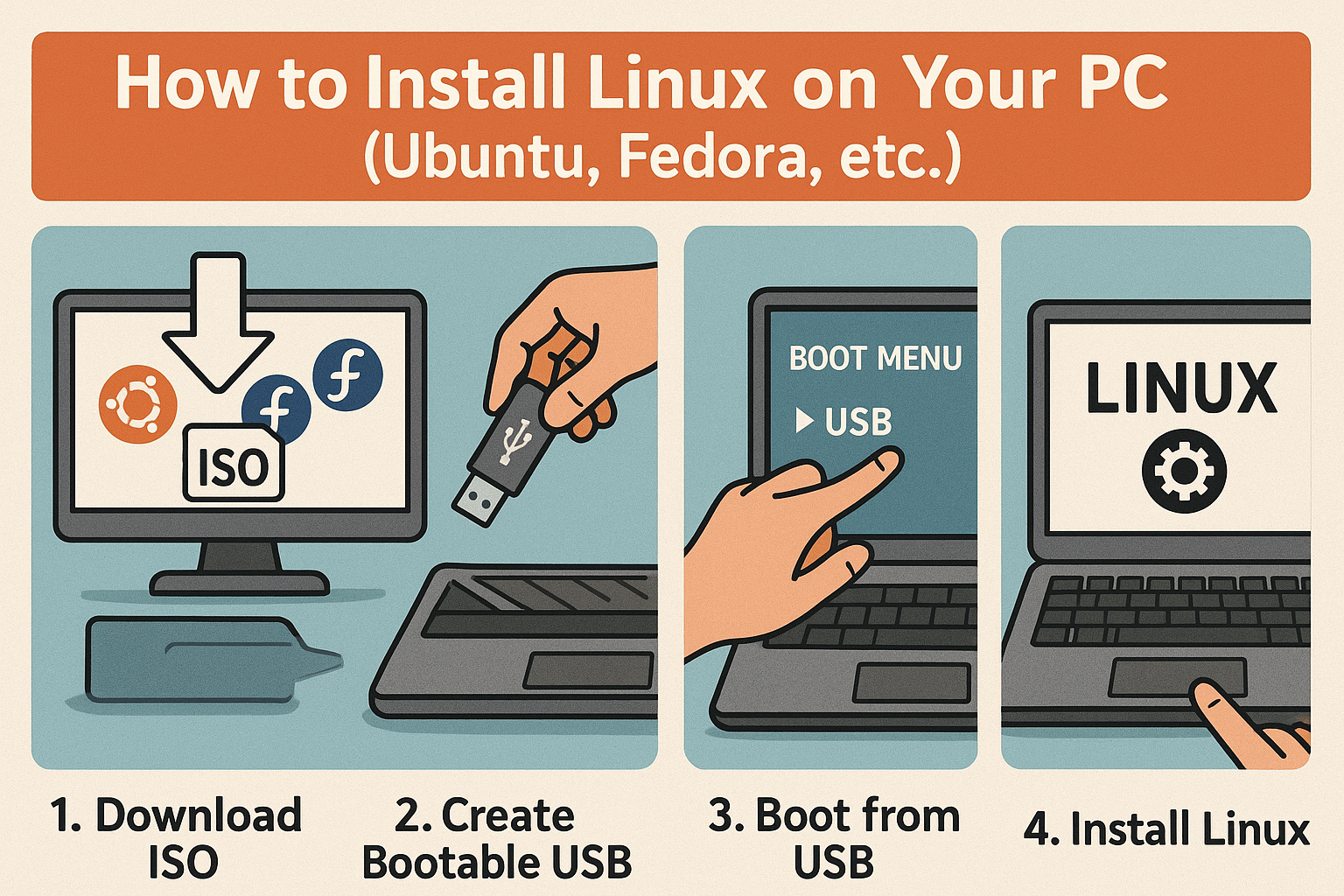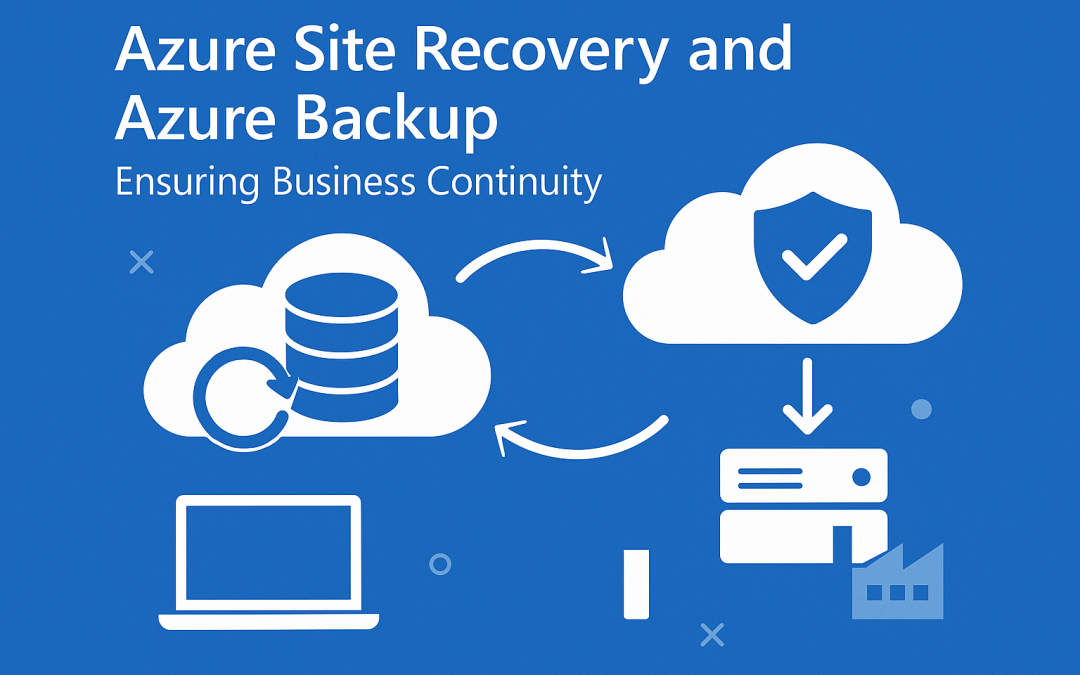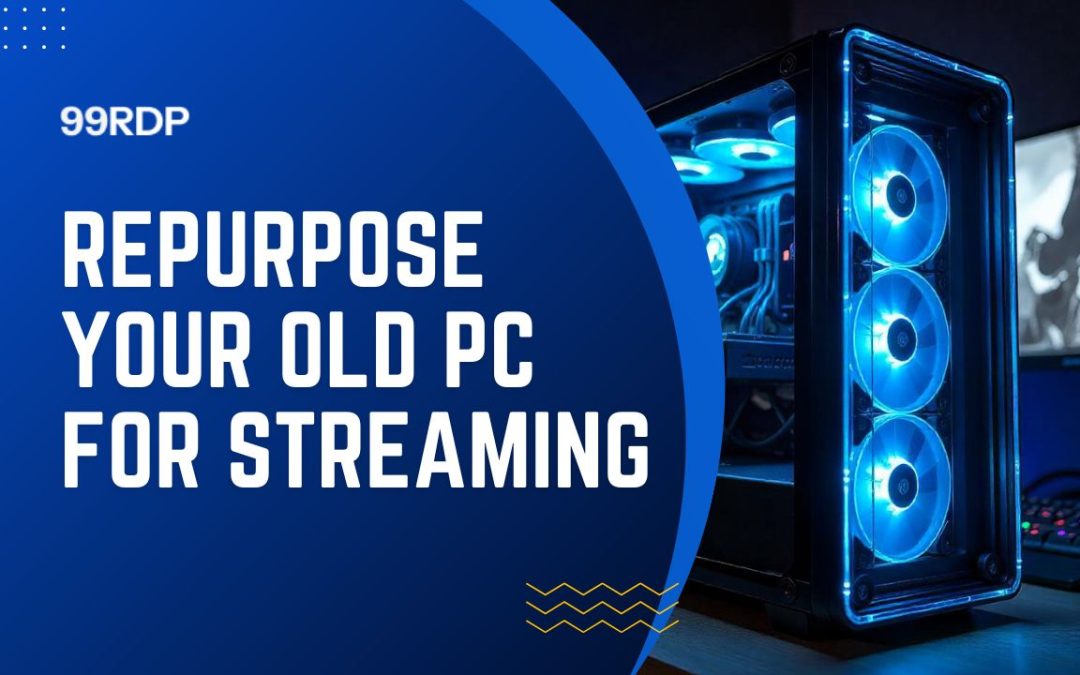
Whether you’re tired of Windows, want more control over your operating system, or just want to breathe new life into an old machine, Linux is a fantastic alternative. With user-friendly distributions like Ubuntu, Fedora, and Linux Mint, installing Linux has never been easier—even for beginners.
✅ Step 1: Choose Your Linux Distribution
There are many “flavors” of Linux. Here are a few popular ones:
- Ubuntu – Great for beginners, with strong community support.
- Fedora – Up-to-date with the latest tech; great for developers.
- Linux Mint – Lightweight, fast, and Windows-like experience.
- Pop!_OS – Ideal for creatives and gamers.
Tip: Start with Ubuntu if you’re not sure.
💾 Step 2: Download the ISO File
Go to the official website of the distribution you chose and download the ISO image:
- Ubuntu: ubuntu.com
- Fedora: getfedora.org
- Linux Mint: linuxmint.com
🔧 Step 3: Create a Bootable USB Drive
Use a tool like:
- Rufus (Windows)
- Balena Etcher (Windows/Mac/Linux)
- UNetbootin
Plug in your USB drive (at least 4GB) and burn the ISO to it using one of the tools above.
🖥️ Step 4: Boot from the USB
- Plug in your bootable USB.
- Restart your PC.
- Enter the BIOS/UEFI (usually
F2,F12,DEL, orESC). - Change boot priority to USB.
- Save and reboot.
Your PC should now boot into the Linux installer.
🧙 Step 5: Install Linux
You’ll see options like:
- Try Linux without installing (to preview it)
- Install Linux (to start the setup)
Follow the guided installer:
- Choose your language and keyboard layout.
- Select whether to dual-boot or erase the disk.
- Set your time zone.
- Create a username and password.
After installation, remove the USB and reboot. Welcome to Linux!
🎉 Post-Installation Tips
- Update your system (
sudo apt update && sudo apt upgradein Ubuntu). - Install essential apps (like GIMP, VLC, Firefox).
- Explore the Software Center for more tools.
- Learn some basic terminal commands to feel like a pro!
How to install Linux on your PC (Ubuntu, Fedora, etc.) (F.A.Q)
Can I install Linux alongside Windows?
Yes, most installers support dual-boot. Just choose “Install alongside Windows” during setup.
Will Linux work on old computers?
Yes. Try lightweight distros like Linux Mint XFCE or Lubuntu for older hardware.
Do I need to know programming to use Linux?
No. Modern Linux distributions are user-friendly and GUI-based. But learning terminal basics is helpful.
Is Linux safe from viruses?
Generally, yes. Linux is less targeted by malware, and most users don’t need antivirus software.



